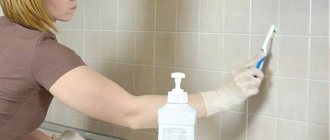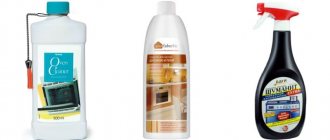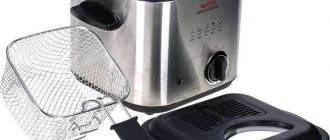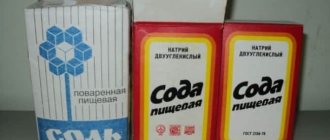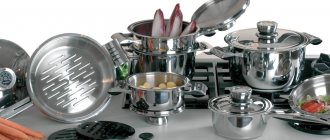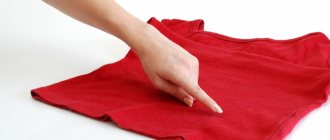The oven, our glorious assistant in creating culinary masterpieces, unfortunately, gets dirty very quickly. Grease and splashes from cooking dishes leave unsightly stains on it. If you don’t pay attention to this, they burn, it becomes more and more difficult to wash them, and the oven takes on a very untidy appearance, which is clearly not conducive to culinary creativity. Let’s not let the situation get worse and talk about how to return our oven to its original appearance.
- Classic or traditional - mechanical cleaning by hand using all kinds of detergents.
- Pyrolytic - the oven heats up to 400 degrees, all dirt turns into ash, after which you can simply wipe it off with a napkin. Human participation is not required in the pyrolysis process.
- Catalytic - the coating of the oven walls contains a catalyst, which, when heated, decomposes fats that fall on the enamel of the coating.
- Hydrolysis – well known to every housewife – cleaning using water steam, which softens dirt. To do this, just place a container of water in the oven and heat it to approximately 90 degrees.
Each of these methods has its pros and cons. For example, the classic method is good because:
And yet, while this “grandmother’s” method is the most common - not everyone has “sophisticated” ovens with a self-cleaning system - let’s talk about it in more detail.
How to clean the oven from grease and carbon deposits: tips and more effective methods
Another way: fill the frying pan with hot water and detergent and let it sit. Then wash with a foam sponge. You can also use laundry soap.
Expert opinion
Ekaterina Korneva, expert in the field of care, cleanliness and beauty
I will help you understand all the intricacies.
Finally, for severe stains, you can use special detergents as a radical measure. Steel becomes vulnerable when heated, increasing the risk of cracks or corrosion. How to quickly clean dishes from many years of carbon deposits and old grease at home: with soda, glue, boiling. If you have any questions, please contact me, I will be happy to answer!
Methods for cleaning a microwave oven using improvised means
The easiest and safest way to remove fat and carbon deposits is with steam. For this you will need:
- Take a small glass bowl and fill it with 200 ml of water.
- Place the container in the chamber, setting the maximum power, and leave for 10 minutes.
- When the device turns off, you can open the door and remove the softened dirt from the walls of the device.
- Vinegar bath. You will need to pour 200 ml of water and 2 tablespoons of a 9 percent vinegar solution (or one teaspoon of 70 percent essence) into a bowl. If the vinegar is concentrated, then 2 tablespoons are enough. Next, the container is placed in the microwave, the device is turned on at maximum power and left for 5 minutes. When the device turns off, keep the chamber closed for another 10 minutes. Then you need to open the door and wipe the internal surfaces with a rag or sponge.
After steaming with vinegar, a strong unpleasant odor remains, so it is recommended to open the window for ventilation. The oven door should be left open until the pungent aroma disappears. After a vinegar steam room, it is recommended to walk over contaminated surfaces with a sponge soaked in olive oil.


